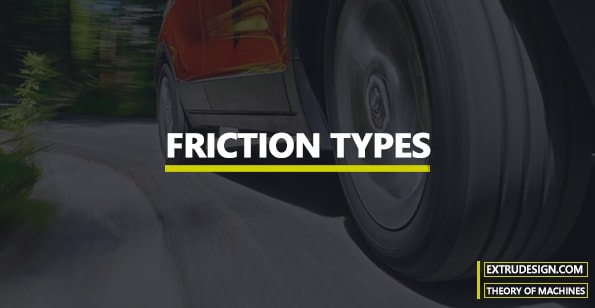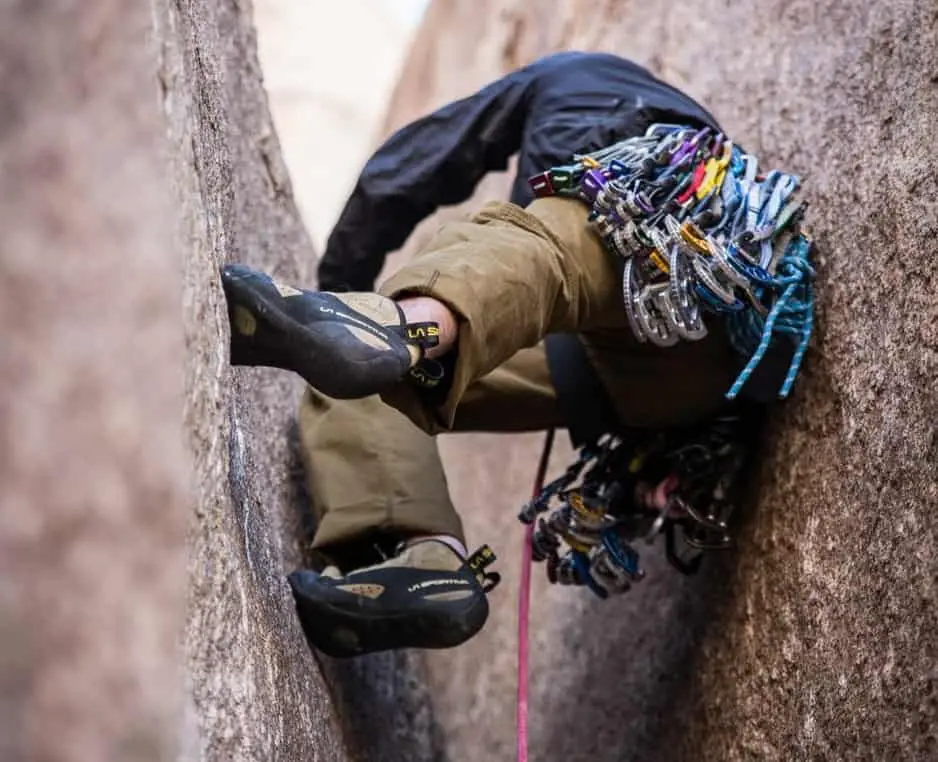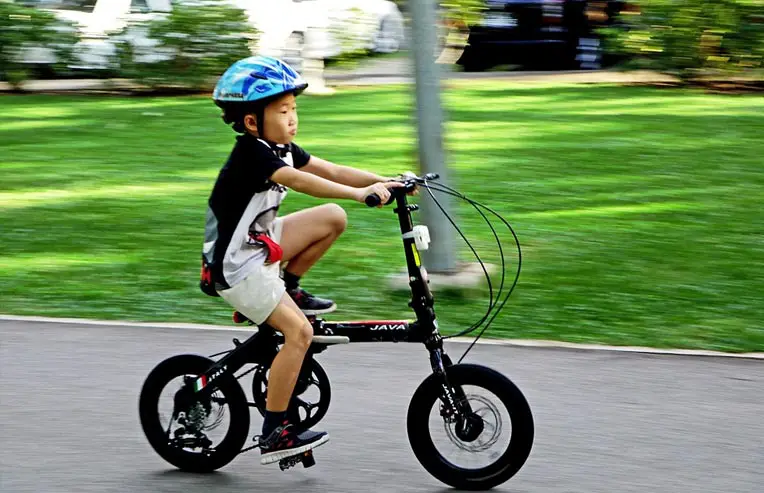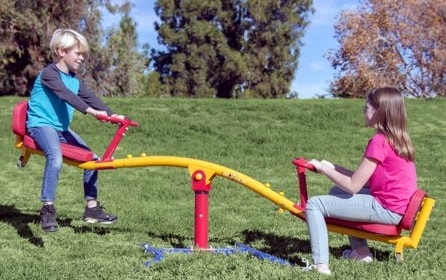It is almost impossible to produce frictionless surfaces for machine components. Even a very smooth surface is viewed under a microscope, it is found to have roughness and irregularities. which is impossible to check by an ordinary touch. So friction becomes a common problem for some cases and for some cases it is necessary to maintain. Let’s discuss the different types of friction in our subject point of view.

Friction
Friction is the resistance force encountered by a surface while moving over another surface of the same or different material.
For example, if we place a block on a surface of another block (of the same material or different material) when we try to move the one block over another block tangentially, then a resistive force will oppose the movement. this resistive force is called the friction force or simply the friction.
Types of Friction
Generally, the friction is of the following two types:
- Static Friction
- Dynamic Friction
Static Friction
Static friction is the friction which keeps the object at rest. OR simply the friction experienced by the body when it is at rest.

Dynamic Friction
It is the friction experienced by the body when it is motion. This dynamic friction is also called as the kinetic friction. it will be always less than the static friction. It is further classified into the three following types.
- Sliding Friction
- Rolling Friction
- Pivot friction
Sliding Friction

Sliding friction is the friction experienced by the body when it slides over another body.
Rolling Friction

Rolling friction is the friction, experienced between the surfaces which have rolled one on another.
Pivot friction

Pivot friction is the friction, experienced by a body, due to the motion of rotation as in case of footstep bearings.
The friction may further be classified as the following types.
- Friction between unlubricated surfaces
- Friction between lubricated surfaces
Friction between unlubricated surfaces
The friction experienced between two dry and unlubricated surfaces in contact is known as dry or solid friction. It is due to the surface roughness. the above discussed static friction and the dynamic friction comes under this type of friction.
Friction between lubricated surfaces
Instead of the direct contact of the machine elements, oil or grease applied between the two contact surfaces to reduce the friction force between the two mates. This kind of contacts comes under the lubricated surfaces. there are two different types of friction may occur between these lubricated surfaces.
- Boundary friction
- Fluid Friction
Boundary friction
As we said above when we can apply grease or oil between the surfaces if maintain a non-viscus fluid or very thin layer of the fluid to reduce the friction those kinds of contacts comes under the boundary friction.
Fluid Friction
If we maintain a thick film between the two contact surfaces or very viscous liquid in between the two mating parts to reduce the friction, then those kinds of contacts come under the fluid friction.
Conclusion
We have discussed the different types of frictions with some examples. If you have any further thoughts on this topic, let us know in the comment section below.

Leave a Reply